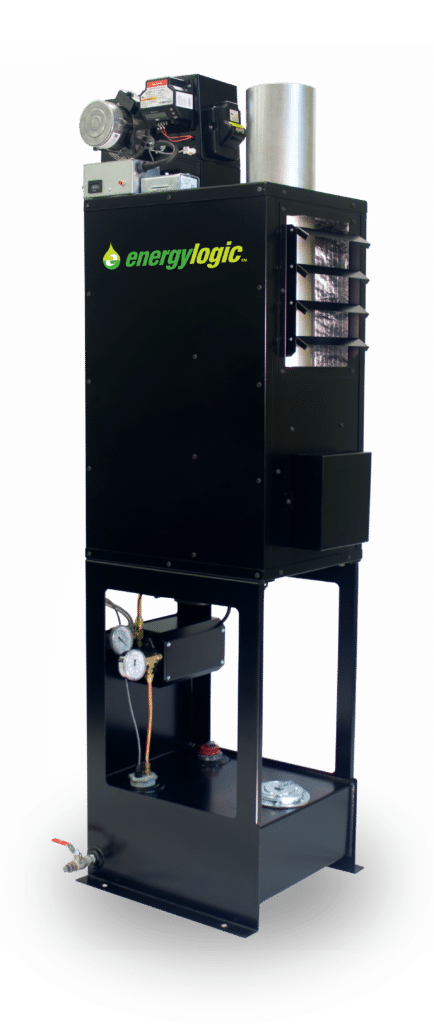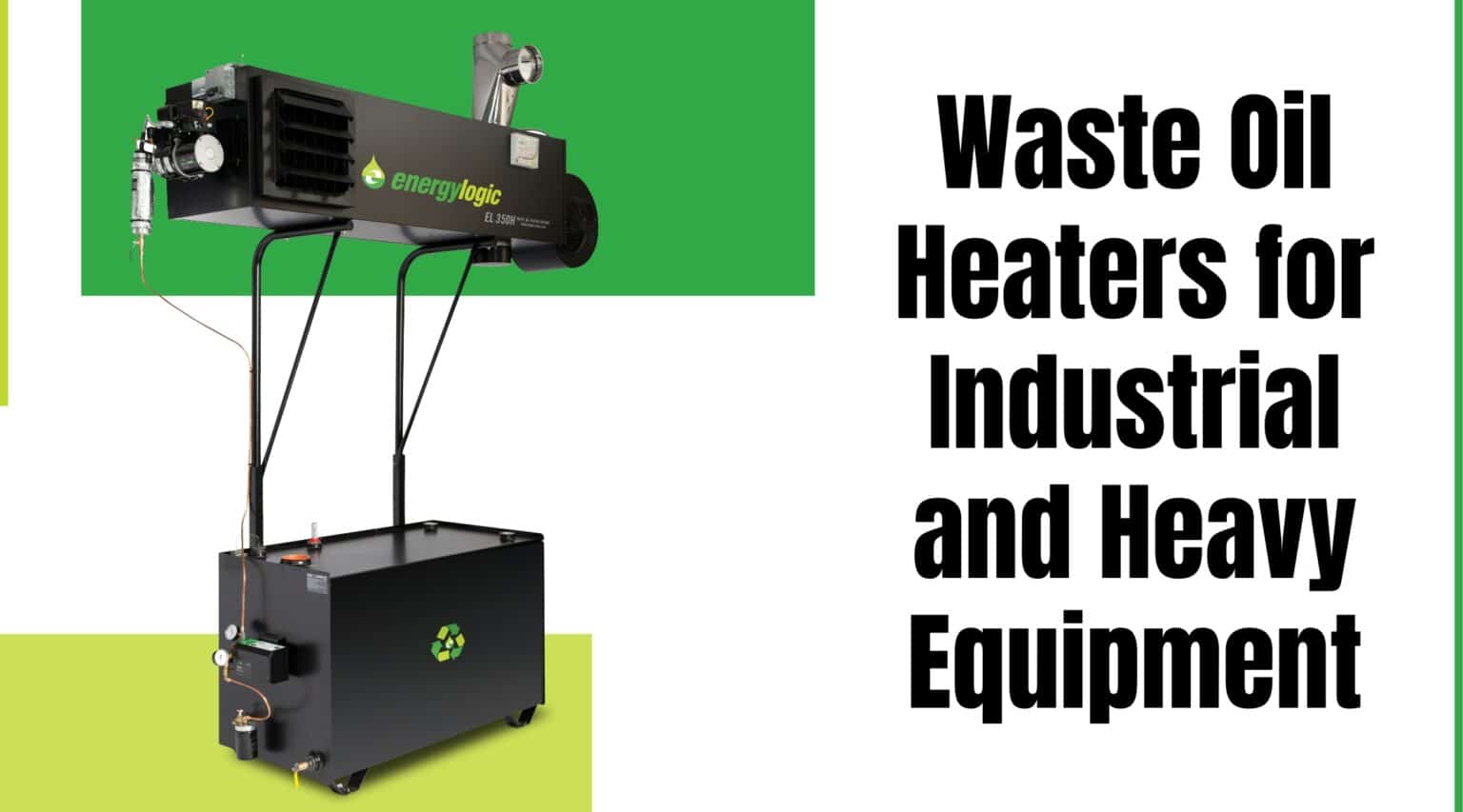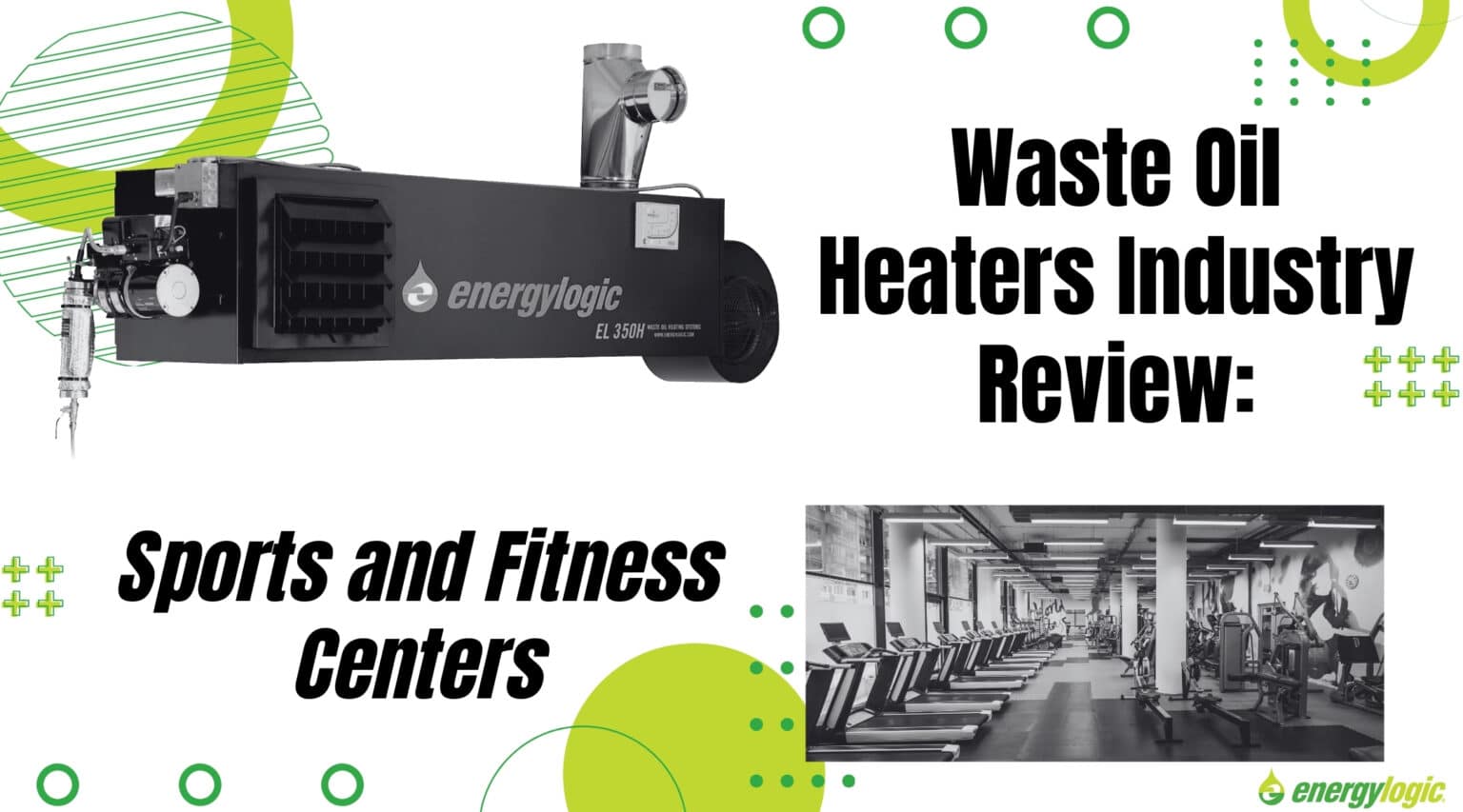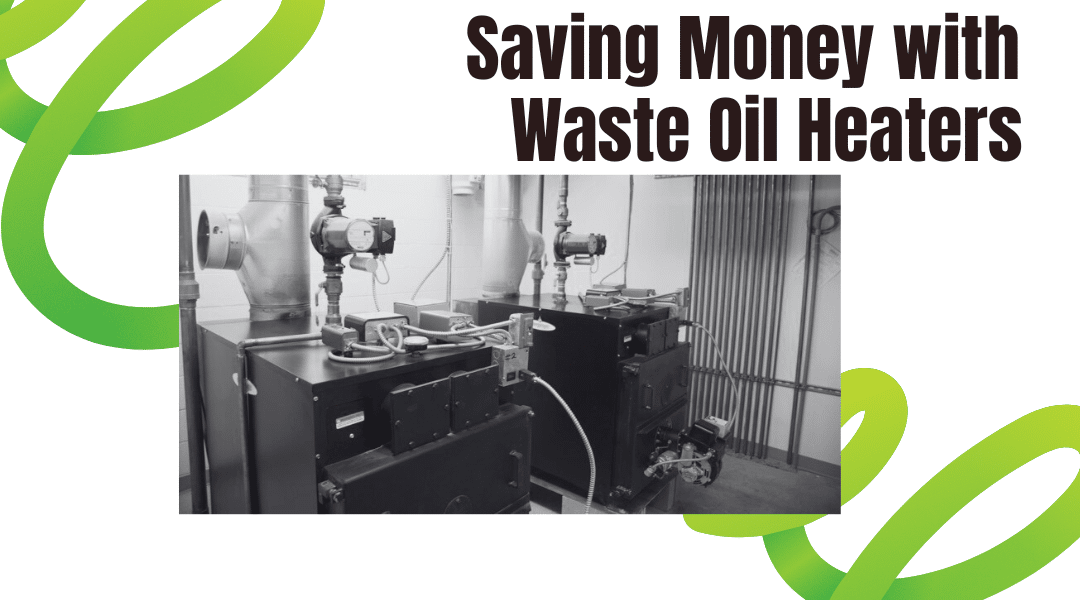Application Study: Performing a Custom Alternative-Energy Overhaul
Our customer, Jenkins and Wynne, operates an auto dealership, and they collect a fair volume of waste oil annually. Waste-oil-burning systems give our auto-dealer customers a way to recover energy from a byproduct they already store and recycle. Let’s explore four waste-oil challenges we’ve successfully addressed for this customer and within the auto industry.
Challenge No. 1: The Need to Separate Waste Oil
The customer experienced unreliable heating because of the fuel transfer setup. Moving fuel from a large exterior tank into the internal system without a buffer can stir up contaminates, introduce air bubbles, and create delays and inefficiencies throughout the system. The team at Jenkins and Wynne challenged us to develop a solution for separating waste oil reserved for heating from the bulk supply stored in the external tank.

Our internal team of designers and engineers developed a tailored fuel-transfer system to pipe waste oil from the bulk-collection tank into a smaller tank located inside and closer to the heating system. The automated fuel transfer system we installed creates a buffer between the bulk tank and the heating system, providing a more consistent fuel source.
As a result of the fuel transfer system project, the customer enjoys better fuel quality, a steady supply line, and a more reliable heating experience.
Challenge No. 2: Fueling Multiple Heaters Within One Space
Jenkins and Wynne heat a large space using multiple waste-oil heaters for consistent heating. Without an efficient fuel-management system, the individual heaters may not always receive a constant fuel supply, which means the heating experience suffers. The customer needed an efficient way to fuel all waste-oil heaters onsite for consistent temperature control.
EnergyLogic’s internal team developed a fuel management and distribution system featuring a 4-unit gravity feed setup. Called the GFS-Crew, it provides each heater with a steady fuel supply.
The gravity feed system is one of the most efficient and effective methods of fueling multiple heaters within a single location. With an automated feedback panel and a robust fuel-transfer system, end users can easily monitor system functionality for an improved experience.
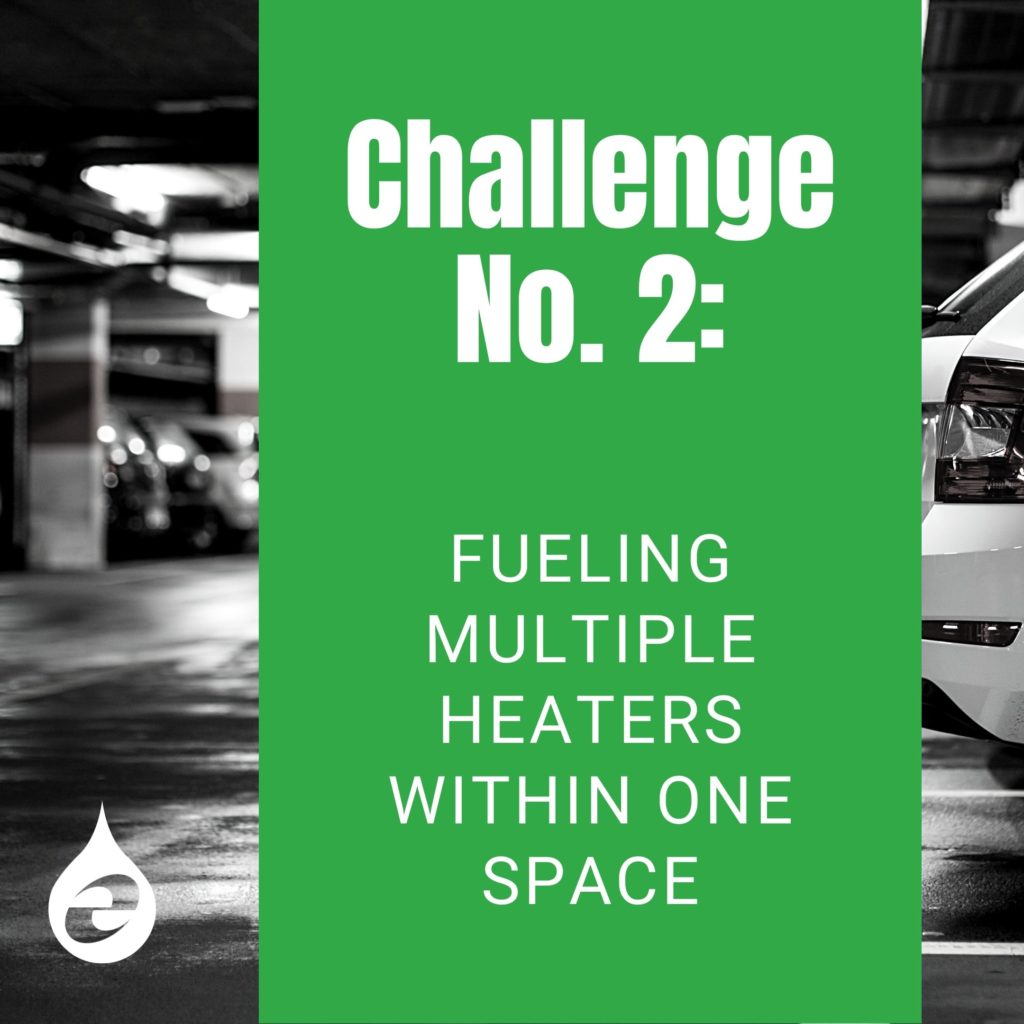
The project contributed to better fuel-supply efficiency, improved heat quality, and enhanced reliability.
Challenge No. 3: The Customer Needed to Heat an Additional Remote Facility
With our primary and customized system in place, Jenkins & Wynne decided to apply the same energy-efficient technology in a smaller and more remote facility that generated its own waste oil supply. The customer implemented our EnergyLogic Complete System quickly, efficiently, and affordably as a turnkey solution for waste-oil heating.

The complete system provides everything needed to start recovering energy from waste oil, including storage, fuel filtration and delivery system, combustion system, and heat exchanger. With a simple installation process and the ability to burn a variety of waste oils, our customer was able to “plug-and-play.” New implementations are always exciting for our team because they deliver the most noticeable outcomes.
With EnergyLogic’s Complete System, the customer can now dispose of waste oil onsite, in an environmentally responsible way, while cutting energy costs and improving the facility’s comfort level.
Challenge No. 4: Customer Voices Waste Oil Storage Spill Concerns
Businesses that handle a high volume of waste oil must always consider regulatory oversight for storage and recycling. Oil-spill liability causes increased spending and stress for our customers, including cleanup activities, reporting, and state-specific guidelines. Our customer was concerned about the risk of a waste-oil spill from the external bulk-collection tank because the team used the internal waste-oil-evacuation system throughout the day.
To minimize the risk of an overflow and its attendant challenges, we developed our proprietary Tank Overfill Alarm system as an accessory to our waste-oil heating systems. The smart alarm uses audible and visible alarms and automatically switches the oil-evacuation system off if the oil level reaches a critical point, to prevent spills from occurring.
The alarm plays a crucial role in waste-oil risk management and improves onsite safety, workflow efficiencies, and fuel-management activities.

With the alarm in place, the customer no longer needs to conduct manual evaluations to monitor the bulk-collection tank.
The EnergyLogic Approach to Auto Industry Customer Challenges
These challenges represent a range of solutions and services EnergyLogic provides beyond the point of purchase. We strive to enhance the overall customer experience with EnergyLogic products with each installation and optimization, such as the automated fuel-transfer system, GFS-Crew, the EnergyLogic Complete System, and the Tank Overfill Alarm.
If you are interested in learning more about a custom waste oil heating solution, fill out our ‘Contact Us’ form at EnergyLogic.com or call us at 1-800-311-8828.

